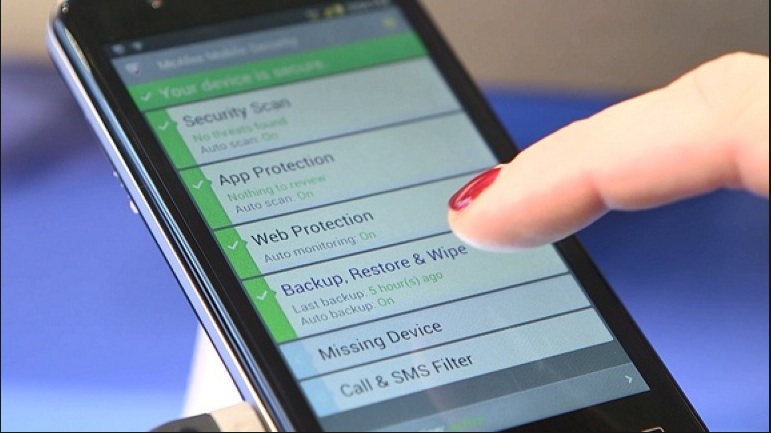A strange
piece by author Jeremy Rivkin in The Guardian argues the internet of things will facilitate an economic shift from markets to collaborative commons which threatens capitalism as marginal costs fall to zero.
Rivkin argues that the rise of the ‘prosumer’, who contributes content and adds economic value for free, is undermining the basic tenants of capitalism.
A telling blow to capitalism in Rivkin’s eyes is the abundant data generated by the Internet of Things;
Siemens, IBM, Cisco and General Electric are among the firms erecting an internet-of-things infrastructure, connecting the world in a global neural network.
There are now 11 billion sensors connecting devices to the internet of things. By 2030, 100 trillion sensors will be attached to natural resources, production lines, warehouses, transportation networks, the electricity grid and recycling flows, and be implanted in homes, offices, stores, and vehicles – continually sending big data to the communications, energy and logistics internets.
Anyone will be able to access the internet of things and use big data and analytics to develop predictive algorithms that can speed efficiency, dramatically increase productivity and lower the marginal cost of producing and distributing physical things, including energy, products and services, to near zero, just as we now do with information goods.
That Rivkin mentions large corporations like Cisco, Siemens, IBM and General Electric illustrates the flaw in his idea — these companies are profiting from the Internet of Things and the data it’s generating.
Rather than being killed, capitalism is evolving to the new marketplaces.
Nowhere is this truer than in the sharing economy where the new lords of the digital manor are profiting from the work and free content generated by unpaid ‘prosumers’.
How long the free business models can survive is open to question, in many respects the age of the digital sharecropper is a transition phase that isn’t sustainable and it’s more likely we’re seeing a move to an economy where information is far more abundant than it was previously.
Such a change is not unprecedented, far more basic human needs are food and energy. In Western economies, we have been living in a time of unimagined abundance of both for the last century.
In subsistence economies, food and the energy to grow or hunt it is scarce and its why living standards are low and life expectancies are short. Agricultural society start to solve the food scarcity problem and industrial societies automate farming and increase living standards through abundant energy.
During the pre-industrial era, the basic unit of energy was the horse – hence the term horsepower – and it was rare to have more than four horses driving a coach or piece of machinery.
Today, we have locomotive engines that provide 6,000 horsepower, a basic farm tractor delivers around 100 HP and a typical family car around 200. We live in an age of abundant energy and our living standards reflect it.
We’re moving into an era of abundant information that will change our societies in a similar way to the age of abundant power has changed economies over the past 300 years.
Open source, the sharing economy and the internet of things will all change aspects of our economies and society but people will still be making a living one way or another so they can buy a meal and pay their rent.
The age of abundant information means massive change to the way we work, but it no more means the end of capitalism than the steam engine did.
Similar posts:




